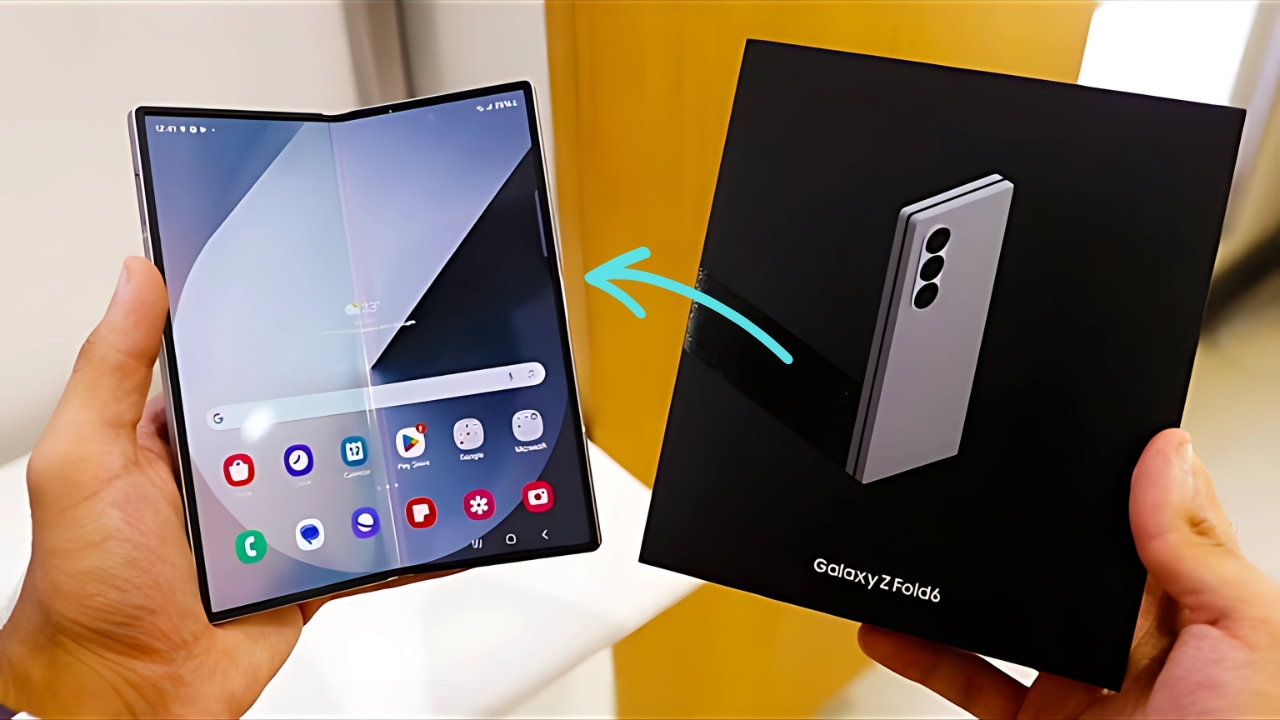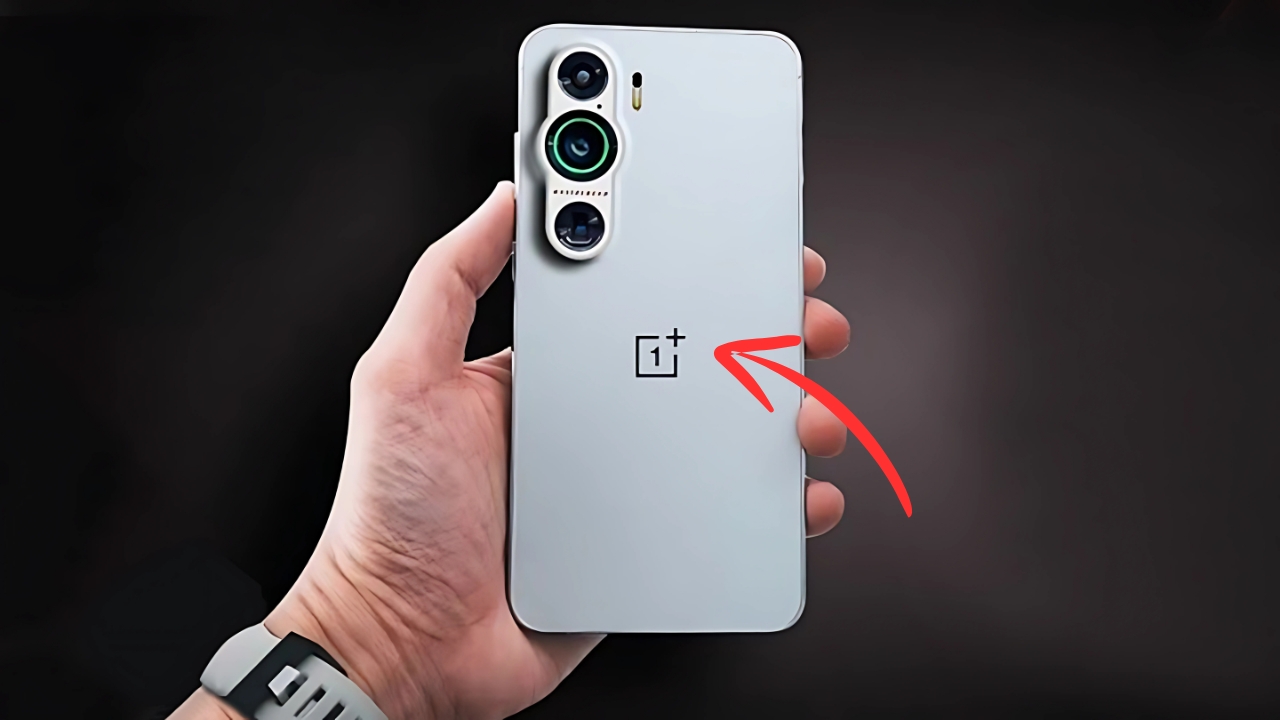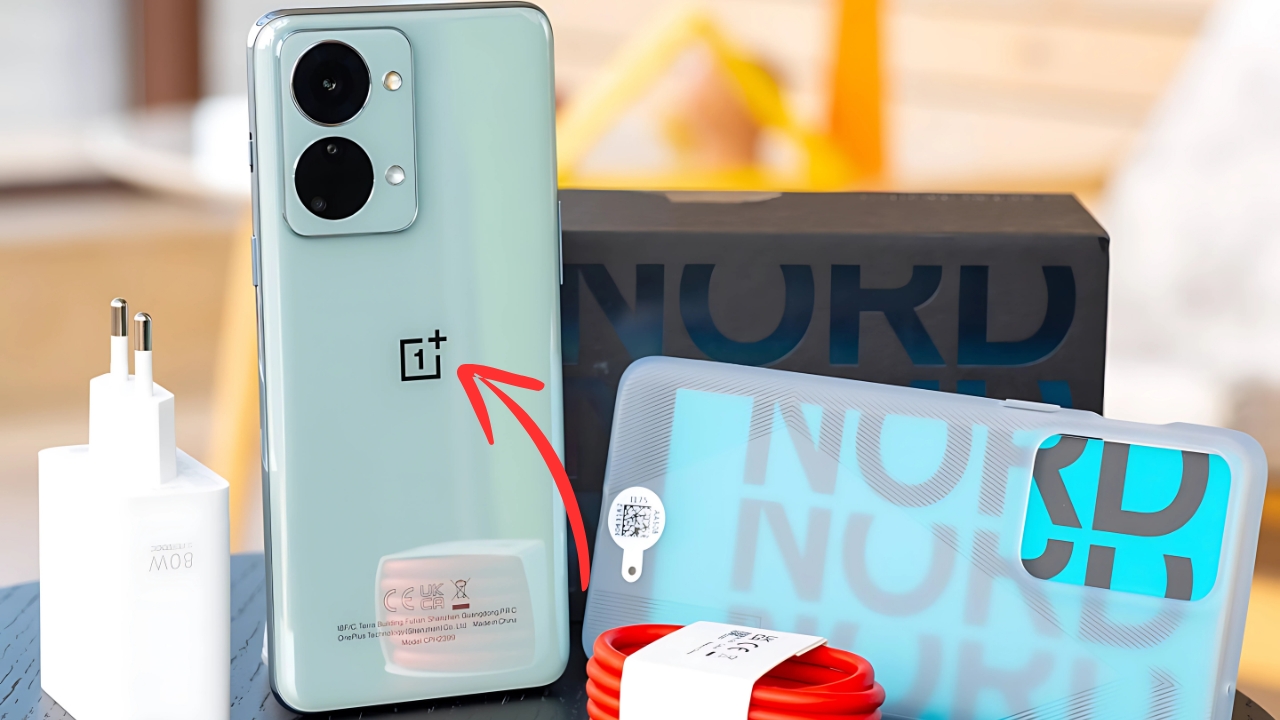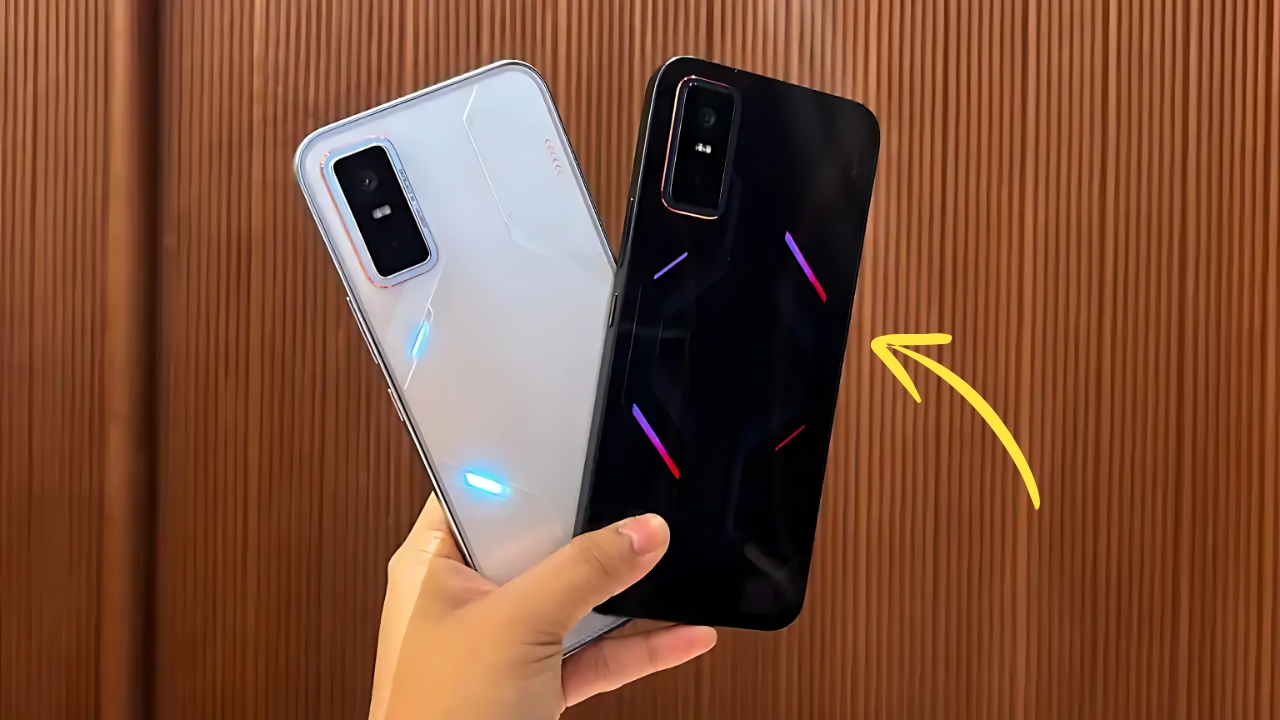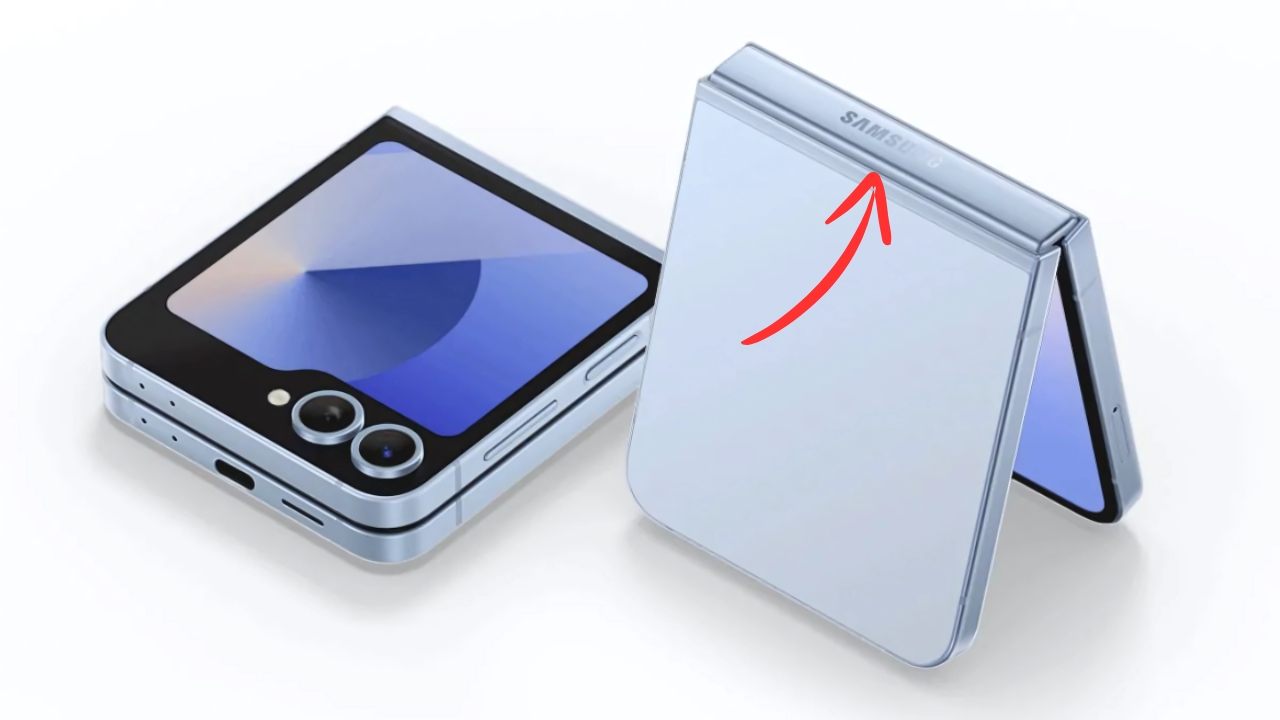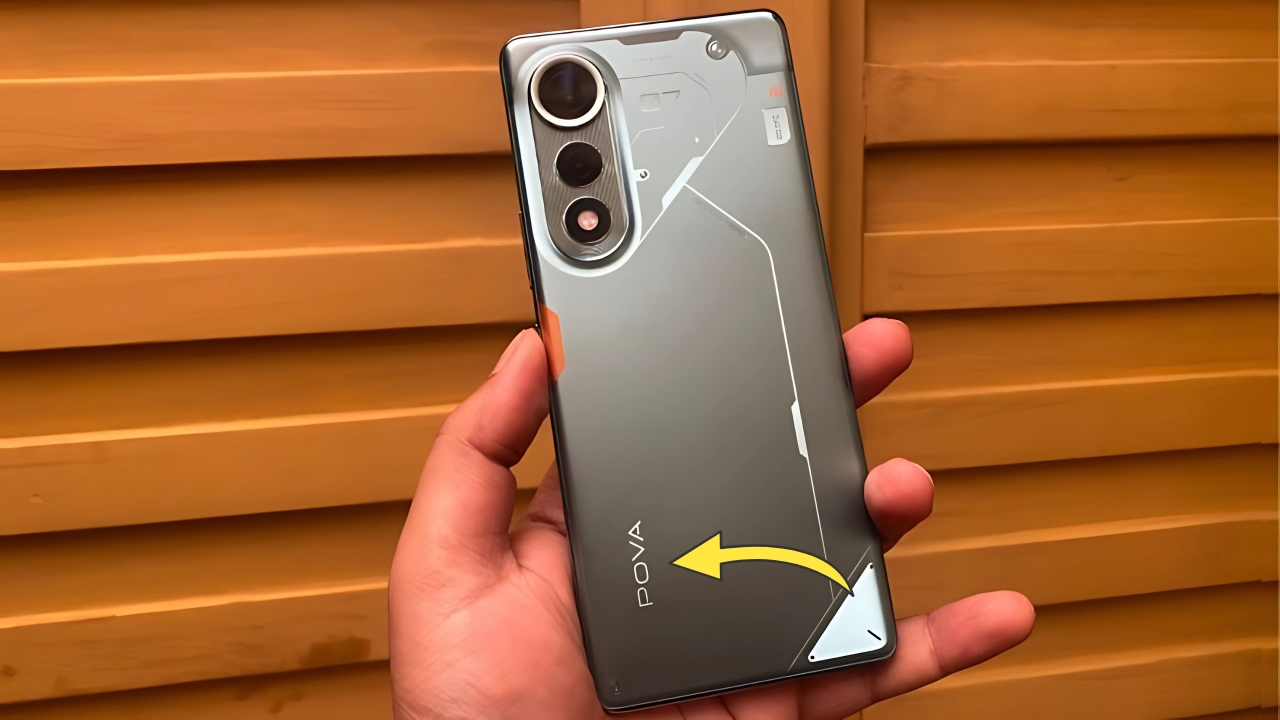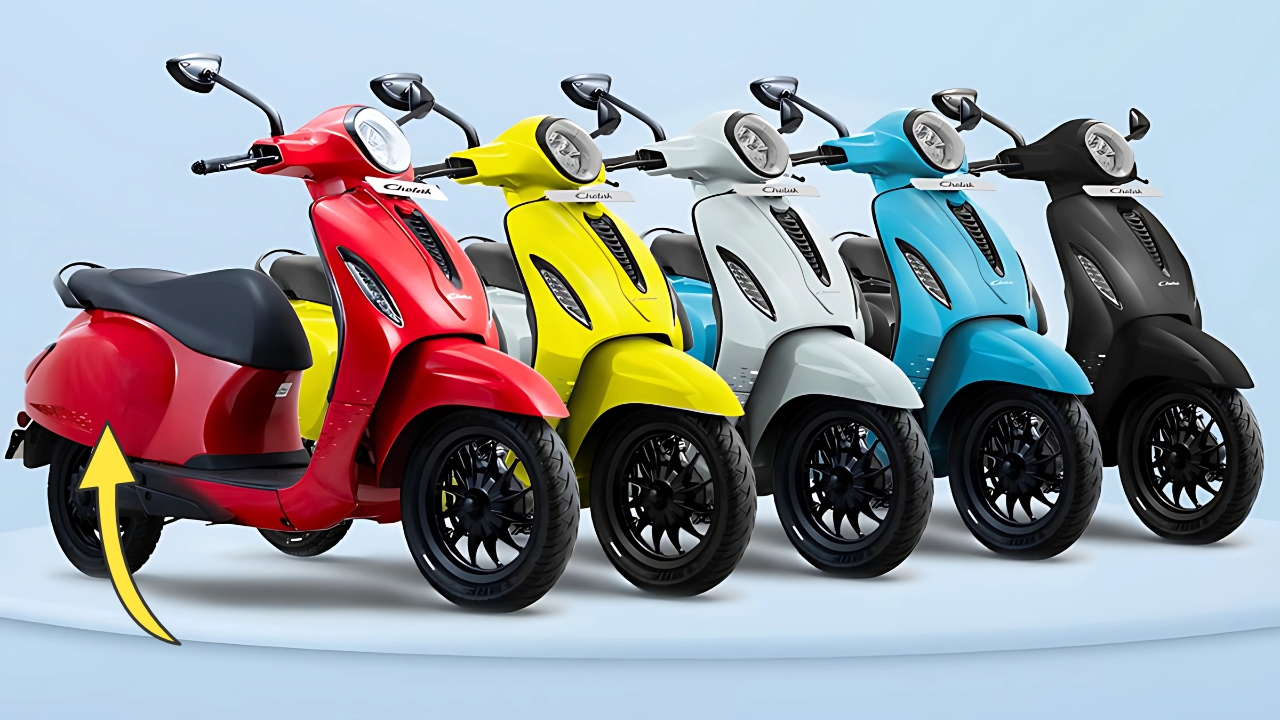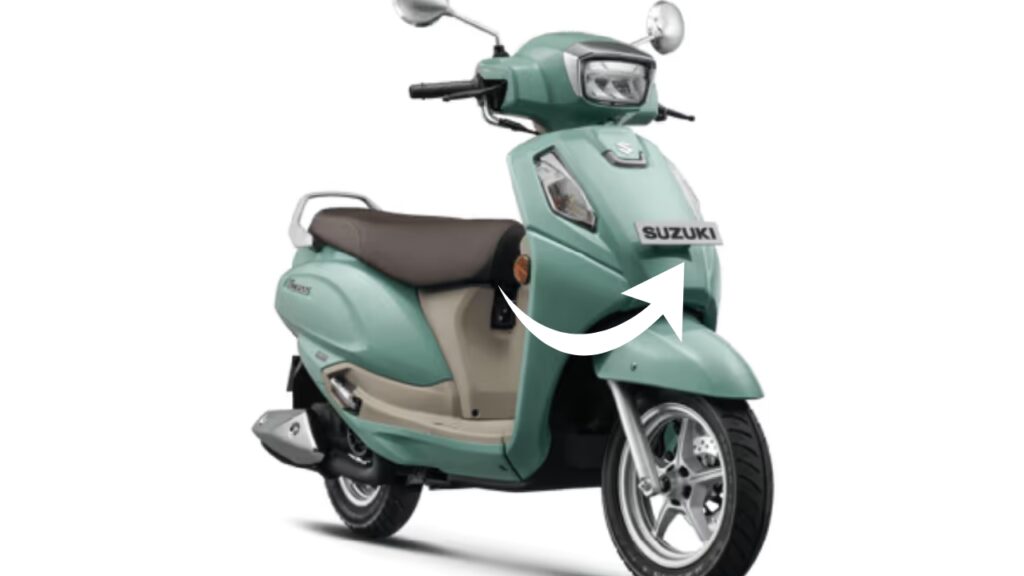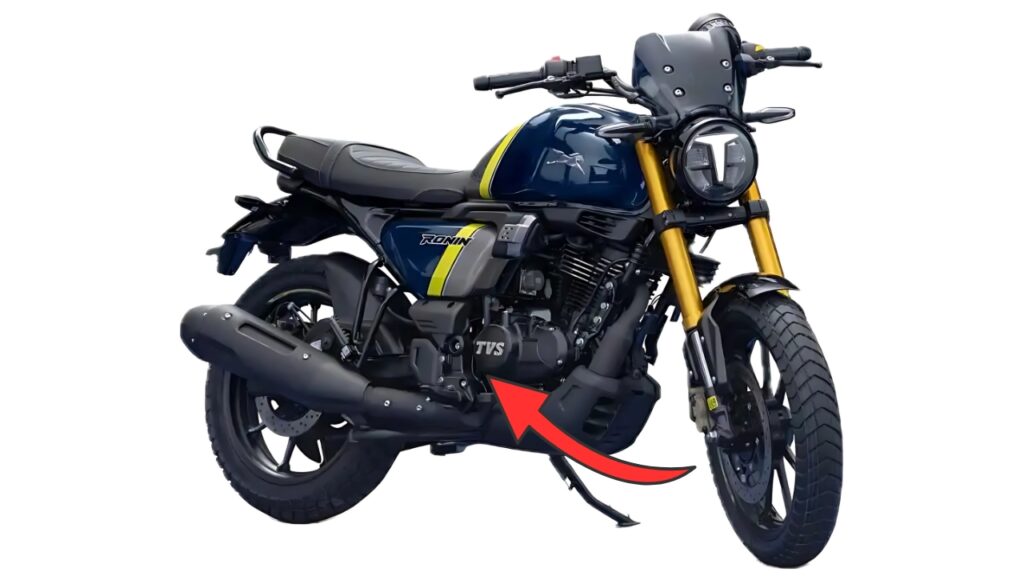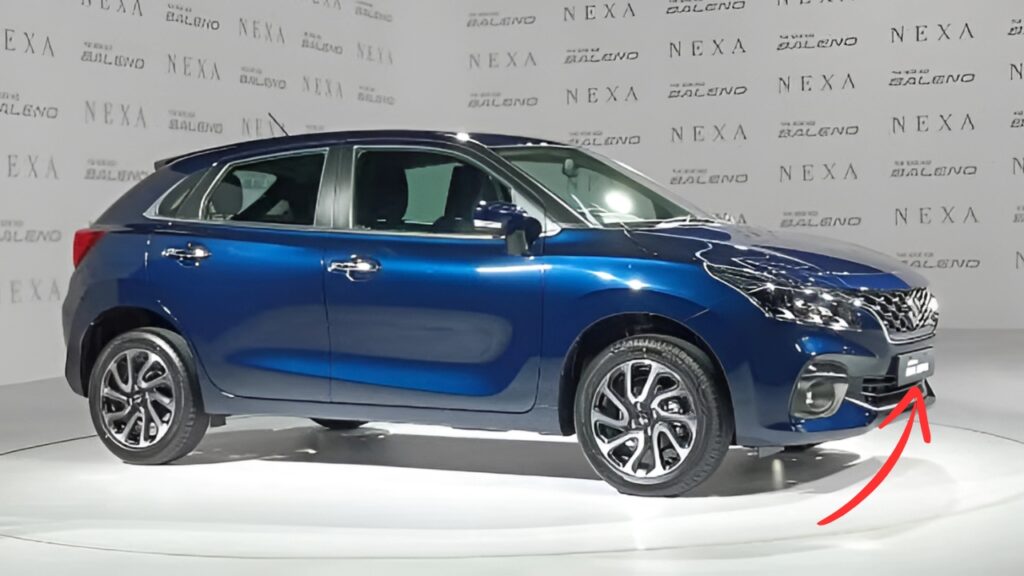Samsung Galaxy Z Fold 6: In the rapidly maturing foldable smartphone market, Samsung continues to refine its flagship offering with the Galaxy Z Fold 6.
This sixth-generation device represents an evolutionary step forward rather than a revolutionary leap, focusing on practical refinements and user experience enhancements that address previous limitations while building on established strengths.
This comprehensive review explores how Samsung’s latest premium foldable balances innovation with iteration to create a more compelling package for both early adopters and mainstream users considering the transition to folding form factors.
Samsung Galaxy Z Fold 6: Design Philosophy: Refined Elegance with Practical Improvements
The Galaxy Z Fold 6 demonstrates Samsung’s growing confidence in the foldable category through subtle yet meaningful design refinements that enhance both aesthetics and usability.
At 12.1mm when folded (down from 13.4mm on the previous generation) and weighing 239g (a 14g reduction), the device strikes a more favorable balance between premium substantiality and everyday portability.
Available in four sophisticated colorways—Phantom Black, Navy Blue, Silver Shadow, and the online-exclusive Burgundy—the Z Fold 6 presents a more cohesive design language than its predecessors.
The frame utilizes Samsung’s enhanced Armor Aluminum, with flatter sides that echo the design direction of the S-series flagships, creating visual consistency across the company’s premium lineup while improving grip security.
Most notable is the significantly improved hinge mechanism, which not only enables a gapless fold but also allows the device to maintain position at various angles between 75° and 115° with greater stability.
This mechanical refinement enhances both the perceived quality and practical functionality, particularly for Flex Mode applications where the device essentially serves as its own stand.
The external display has been widened to a more practical 6.3 inches with a 22:9 aspect ratio, addressing a persistent criticism of previous generations without significantly increasing the overall device footprint.
This thoughtful adjustment transforms the cover screen from a compromise to a genuinely useful display for quick interactions, approaching the proportions of a standard smartphone while maintaining the device’s foldable identity.
Display Excellence: Dual Screens Without Compromise
The Galaxy Z Fold 6 features two exceptional display panels that minimize the traditional compromises associated with foldable devices:
| Display Specifications | Main (Internal) Display | Cover (External) Display |
|---|---|---|
| Panel Technology | Dynamic AMOLED 2X | Dynamic AMOLED 2X |
| Size | 7.6 inches | 6.3 inches |
| Resolution | 2160 × 1856 | 2316 × 904 |
| Aspect Ratio | ~22.5:19.5 | ~22:9 |
| Refresh Rate | 1-120Hz adaptive | 48-120Hz adaptive |
| Peak Brightness | 2,600 nits | 2,400 nits |
| Special Features | UTG with reduced crease | Gorilla Glass Victus 2 |
| S Pen Compatibility | Yes, with reduced latency | No |
The internal display maintains the 7.6-inch size of its predecessor but with significant improvements in brightness (peaking at 2,600 nits) and durability.
The Ultra-Thin Glass (UTG) has been reinforced with a new panel structure that reduces the visibility of the center crease by approximately 20% compared to the previous generation—a subtle but meaningful enhancement that reduces one of the most frequently cited distractions of the foldable experience.
The adaptive refresh rate now ranges from 1Hz to 120Hz on the main display, intelligently adjusting based on content to balance smoothness and power efficiency.
This dynamic scaling proves particularly valuable given the larger screen’s greater power demands, extending battery life during static content viewing while maintaining fluidity for scrolling and animations.
Color reproduction impresses across both displays with 100% DCI-P3 coverage and HDR10+ certification, delivering vibrant yet accurate colors that enhance media consumption.
The peak brightness ensures comfortable outdoor visibility even under direct sunlight, addressing a historical limitation of earlier foldable devices.
The S Pen experience has been refined with reduced latency (now 2.8ms, down from 4.1ms) and improved palm rejection, creating a more natural writing and drawing experience that approaches dedicated tablets.
While the S Pen still requires separate purchase and storage remains external, the enhanced functionality reinforces the productivity credentials that distinguish the Fold lineup.
Performance: Flagship Power with Foldable Optimization
At the heart of the Galaxy Z Fold 6 lies the Qualcomm Snapdragon 8 Gen 3 for Galaxy processor—a specially optimized variant that balances performance with the thermal constraints inherent to the folding form factor.
Paired with 12GB of LPDDR5X RAM and storage options ranging from 256GB to 1TB of UFS 4.0, the device delivers exceptional responsiveness across both casual and demanding workloads.
Day-to-day performance feels effortlessly fluid, with apps launching instantaneously and multitasking handled gracefully even with multiple applications visible simultaneously.
The sophisticated vapor chamber cooling system effectively dissipates heat during extended productivity sessions or gaming, preventing the thermal throttling that plagued earlier generations of foldable devices.
Gaming capabilities impress despite the unconventional display dimensions, with titles like Genshin Impact and Call of Duty Mobile running at stable framerates on maximum settings.
The square-ish internal display actually enhances certain genres like strategy games and simulators, providing more visible playing area than conventional smartphones when held in landscape orientation.
Battery life represents a notable improvement over previous generations, with the 4,600mAh capacity (a modest 100mAh increase) delivering substantially better endurance through software optimization and more efficient components.
Most users will comfortably complete a full day of mixed usage including several hours of internal display time, though particularly intensive multitasking or extended gaming still requires mid-day supplemental charging for heavier users.
Charging capabilities include 25W wired and 15W wireless, with 4.5W reverse wireless charging for accessories—specifications that fall short of some competitors but provide reasonable replenishment times of approximately 70 minutes from empty to full with compatible adapters.
Camera System: Versatility Without Bulk
The Galaxy Z Fold 6 features a refined triple-camera system that balances capability with the design constraints of the folding form factor:
-
50MP wide-angle primary (f/1.8, OIS, 1/1.56″ sensor)
-
12MP ultra-wide (f/2.2, 123° field of view)
-
10MP telephoto (f/2.4, 3x optical zoom, OIS)
While these specifications appear unchanged from the previous generation on paper, Samsung has implemented significant improvements in image processing through both hardware enhancements and computational photography.
The primary camera now captures more detailed images in challenging lighting conditions, with improved dynamic range that preserves both shadow detail and highlight information more effectively.
Low-light performance has been particularly enhanced, with the Nightography algorithms producing cleaner, more detailed images even in near-darkness.
The optical image stabilization systems on both the main and telephoto lenses have been refined to reduce micro-jitter more effectively, resulting in sharper images and more stable video in challenging conditions.
Video capabilities include 8K recording at 30fps and 4K at 60fps, with improved Super Steady electronic stabilization that produces remarkably smooth footage even during walking or other movement.
The Director’s View feature, which simultaneously captures footage from multiple cameras, benefits from the unique form factor by allowing users to view both the final composition and individual camera feeds on the expanded internal display.
The cover display houses a 10MP selfie camera, while the internal display features a less obtrusive 4MP under-display camera—the latter showing modest improvement in image quality over previous generations but still primarily intended for video calls rather than critical photography.
This approach acknowledges the practical reality that most users will utilize the higher-quality main cameras for important shots, often using the cover display as a viewfinder.
The flexible form factor continues to enable unique photography experiences unavailable on conventional smartphones, from using the device as its own tripod in Flex Mode to allowing subjects to preview their composition on the cover screen while being photographed with the main cameras.
These functional advantages compensate for the marginally reduced specifications compared to the Galaxy S Ultra series, creating a camera system optimized for the unique capabilities of the folding design.
Software Experience: Maximizing the Foldable Advantage
Running One UI 6.1.1 based on Android 14, the Galaxy Z Fold 6 delivers a software experience specifically optimized for the unique capabilities of its dual-display, folding form factor.
Samsung promises four major Android updates and five years of security patches—an industry-leading commitment that enhances the long-term value proposition for a premium device in this price category.
The taskbar implementation has been refined to provide more intuitive multitasking, now supporting up to four simultaneously visible applications on the internal display with fluid drag-and-drop functionality between them.
The Multi Control feature allows seamless cursor and keyboard sharing with compatible Samsung tablets and laptops, creating an ecosystem experience that enhances productivity across multiple devices.
Samsung’s collaboration with Google has yielded optimized versions of key applications that take advantage of the unique form factor, from split-view Gmail that shows both message list and content simultaneously to Maps with separate information and navigation panels.
These thoughtful adaptations transform the larger internal display from a merely bigger screen to a genuinely different interaction paradigm.
The Flex Mode panel automatically appears when the device is partially folded, providing contextual controls for applications ranging from camera to video playback and videoconferencing.
This software adaptation to the hardware capability creates meaningful utility from what could otherwise be merely a novel physical attribute.
AI features introduced with Galaxy AI have been further refined, with translation capabilities now working across a broader range of applications and Circle to Search providing more accurate results with reduced latency.
The Note Assist functionality proves particularly valuable on the larger canvas, automatically organizing and summarizing notes with surprisingly accurate contextual understanding.
Durability and Practical Considerations
The Galaxy Z Fold 6 demonstrates Samsung’s continued investment in foldable durability, with an IPX8 water resistance rating that protects against submersion up to 1.5 meters for 30 minutes—a remarkable engineering achievement for a device with multiple moving parts and potential ingress points.
While dust resistance remains limited by the inherent challenges of the hinge mechanism, the enhanced brushes and internal structures provide improved practical protection against everyday exposure.
The external Gorilla Glass Victus 2 and enhanced Armor Aluminum frame provide reassuring protection against drops and scratches, while the refined UTG internal display has proven more resistant to damage from fingernail pressure based on independent testing.
Samsung’s improved screen protector also shows greater resistance to bubbling and peeling at the crease—a common complaint with earlier generations.
The included one-year Samsung Care+ coverage provides additional peace of mind, with heavily discounted screen replacements acknowledging the higher potential repair costs inherent to the form factor.
This combination of improved physical durability and supportive warranty coverage helps address the lingering concerns that have limited mainstream adoption of foldable devices.
Key Takeaways:
-
Refined Design: Thinner, lighter construction with a wider, more practical cover display
-
Display Excellence: Brighter panels with reduced crease visibility and adaptive refresh rates
-
Flagship Performance: Snapdragon 8 Gen 3 for Galaxy with effective thermal management
-
Versatile Photography: Capable triple-camera system with form factor-specific advantages
-
Software Optimization: Thoughtful multitasking and productivity enhancements
-
Enhanced Durability: IPX8 water resistance with improved hinge and display protection
-
Ecosystem Integration: Seamless connectivity with other Samsung devices
Samsung Galaxy Z Fold 6: Maturation of the Premium Foldable
The Samsung Galaxy Z Fold 6 represents the continued maturation of the foldable category rather than a revolutionary reinvention.
By addressing specific pain points from previous generations—the narrow cover display, visible crease, overall bulk, and battery life—while refining the core experience through thoughtful software optimization, Samsung has created a more compelling overall package that better justifies its premium positioning.
While the device still commands a significant price premium over conventional flagships, the tangible improvements in everyday usability transform the Z Fold 6 from a fascinating technological showcase to a genuinely practical primary device for a broader range of users.
The unique capabilities enabled by the folding form factor—from enhanced multitasking to flexible photography and S Pen input—create a distinctive value proposition rather than merely a different shape.
For users seeking a no-compromise flagship experience with the versatility of both a smartphone and small tablet in a single device, the Galaxy Z Fold 6 represents the most refined implementation of this vision to date.
It demonstrates Samsung’s commitment to the category through thoughtful iteration rather than flashy but impractical innovation—an approach that suggests the foldable form factor has entered its maturity phase as a sustainable product category rather than a passing novelty.
